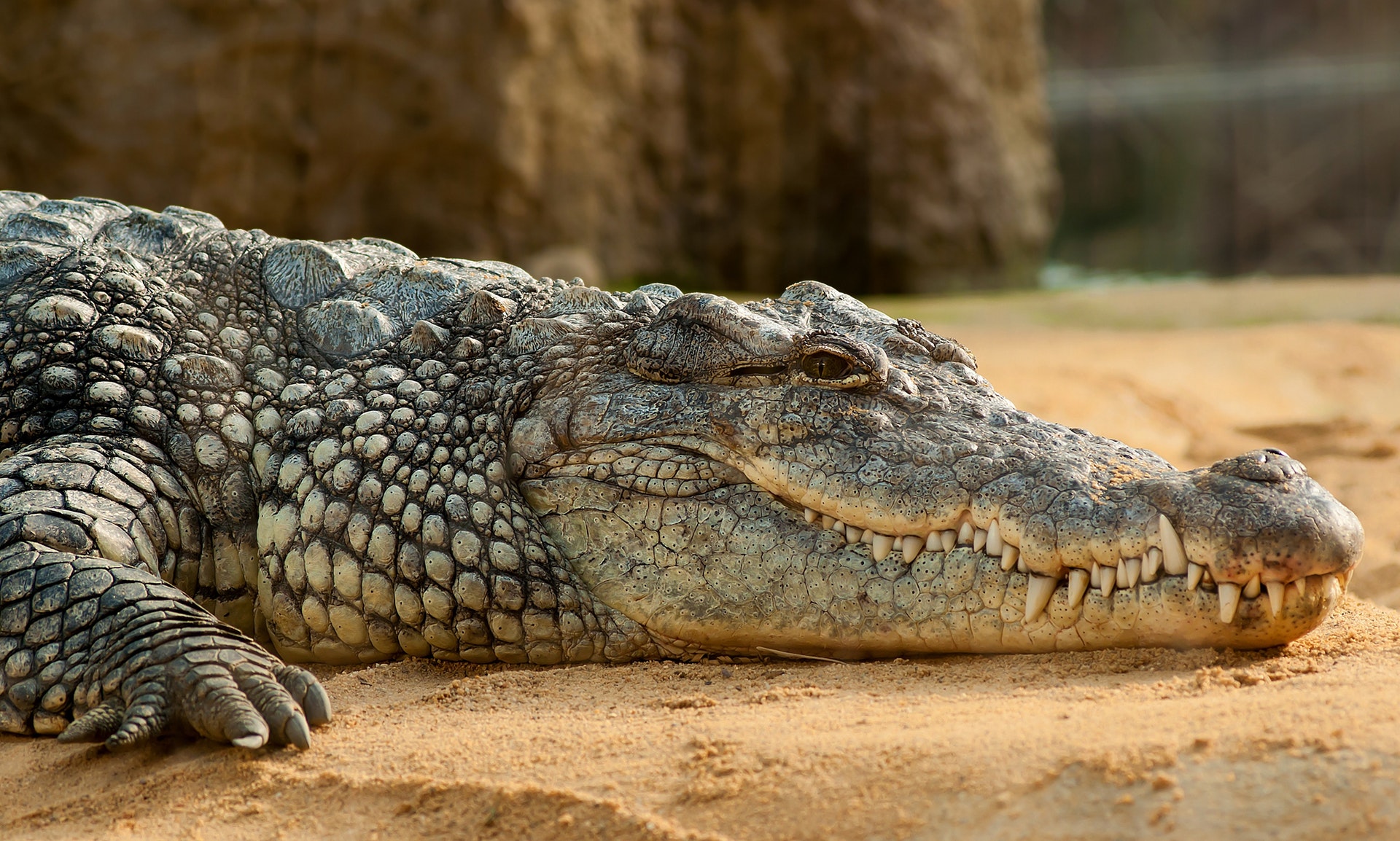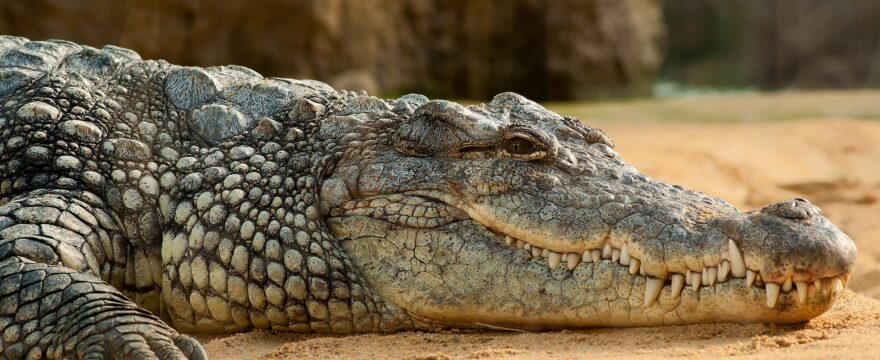
Planet Earth is filled with animals of all shapes, sizes, colours, calls and features. It is what makes life here so unique and fascinating! While all this diversity is going on, have you ever wondered how BIG an animal can get? If you picture a dinosaur you instantly imagine a large beast roaming the wilderness, but can you believe that the largest animal to have ever lived is still alive today? Yep, that’s right! Read on for more.
To make It easier to discover where we can find the world’s biggest animals, we must first analyse which ones are the biggest!
Vertebrate or Invertebrate?
All species of animals can be separated into two groups. Vertebrata (with backbones) and invertebrates (without backbones).
The five most well known classes of vertebrates are mammals, birds, reptiles, fish and amphibians, we will look into the biggest species for each of these five classes. This group only makes up for around 5% of the world’s species.
The animals that are without a backbone, also known as invertebrates, make up the other 95% and this includes spiders, insects, crustaceans, octopus, jellyfish, starfish and more! We will look at some of the world’s largest invertebrates, however there are over 1.25 million species and with most of the world’s oceans undiscovered, we no doubt may have larger species yet to be found!
Vertebrates
Marine mammal
Belonging to the mammalian category but living in the sea are almost 90 different cetacean species. With lungs to breathe air and mammary glands to feed their young milk, the lack of gravity force means that these animals can grow very big without the restrictions felt on land such as strong legs to hold the animal up.
This results in the largest animal to have ever existed. The Blue Whale (Balaenoptera musculus) beats all that exists now and all to have ever come before it! Weighing a whopping 180 tonnes and measuring at 34 metres long, this big beast takes out the number 1 spot of biggest animal in the world.
Now if one was to think about where they could find the largest animal on the planet, the ocean is a very good start! To be more specific, the south-west coast of Australia has been recording great numbers as the species recovers from extensive hunting in the past. If you head out on a whale watching Western Australia tour you may encounter this beast from October through to December, as they migrate up and down the coastline.
Land mammal
The class we are all no doubt most familiar with, because we, as humans, belong here! They also include dogs, cats, rabbits and all the milk-drinking land animals. Most will have 2 or 4 legs and are furry, however not all are! For example flying bats and the category above such as whales and seals.
The largest land mammal is in fact a herbivore… the African Elephant (Loxodonta spp.). With two separate species, savannah and forest, the savannah is the largest of all!
Reaching 3.9 metres tall and up to 7 tonnes, the African Elephant features massive ears in the shape of the African continent.
Saharan elephants live on the plains of sub-Saharan Africa while the forest elephants live in central and west Africa.
Although it is the biggest, it certainly isn’t the tallest. This title is held by the Giraffe (Giraffa spp.), standing at over 5 and a half metres, their half a metre tongues match! They live in East Africa on grasslands.
Bird
The only class to feature feathers! They are warm-blooded with beaks, wings, feathers and start their life as an egg. Although they have wings, not all birds have the ability to fly. Such as penguins, chickens, and the Australian emu.
The largest bird is actually flightless! An Ostrich (Struthio camelus), which stands at over 2.75 metres tall and around 160 kilograms. In one step they can cover 4.9 metres, about the same as the length of a medium sized car!
Just like the African elephant, Ostrich’s live in Africa in the central and southern areas.
Reptile
Cold-blooded, egg-laying on land and covered in scales, reptiles include snakes, lizards, turtles and crocodiles.
The largest reptile alive is the Saltwater Crocodile (Crocodylus porosus). They can reach over 6 metres in length and weigh almost 500 kilograms. This carnivore is an opportunistic predator. Often studying their prey before they powerfully lunge out to grab a hold. Although their name implies they live in saltwater, they can actually be found over a large range including freshwater habitats in eastern India, Southeast Asia and northern Australia.
Fish
The largest class of animals that belong underwater, using gills to breathe by a process which takes oxygen out of the water. They are cold-blooded and can be distinguished from other animals because of scales, fins and gills.
The largest species of fish are the cartilaginous ones. Such as Whale Sharks (Rhincodon typus), reaching a whopping 18 metres and 22 tonnes! Despite their size, they actually feed on incredibly small prey! Brand new research shows that whale sharks are omnivores, feeding on both plants and animals (krill) making them the world’s largest omnivore! They can be found in tropical and temperate water around the world in oceans off the coast of India, Maldives, South Africa, Mexico and of course Western Australia.
Amphibian
An incredible group of animals, amphibians have both lungs and gill-like structures for respiration. The word amphibian comes from the Greek meaning “both kinds of life”. This relates to their ability to live on both the land and in water. They can be separated from reptiles in that they only lay eggs in water.
As defence, some amphibians such as frogs will release toxins to ward off predators, as they only have soft, slimy skin which can be easily punctured by predators.
The largest living amphibian, weighs up to 60 kilograms and grows to 1.8 metres long, about the size of an adult human. The Chinese Giant Salamander (Andrias davidianus) is considered a living fossil because they have remained relatively unchanged from their extinct ancestors. Once widespread throughout central and southern China, the species is now fragmented living most notably in the Yangtze, Yellow and Pearl rivers.
Invertebrates
This is the largest group of animals, comprising approximately 97% of the world’s species. Since they have no backbone many have adapted different features to provide support and protection. Such as the arthropods exoskeleton. This category includes everything from insects such as bees, to spiders, crustaceans, starfish and squid!
In the cephalopod category belongs the largest invertebrate, a deep sea dweller, the Colossal Squid (Mesonychoteuthis hamiltoni). It measures at a combined body length (tentacles and mantle) of 14 metres and can weigh at least 500 kilograms. It is said this squid also has the largest eye of any animal! Colossal squids can be found in the Southern Ocean in water over 1000 metres deep.
The arthropod family contains the exoskeleton creatures which includes crustaceans such as crabs and lobsters, and the largest on record is the Japanese Spider Crab (Macrocheira kaempferi). With a similar body shape to a spider but only greatly enlarged, the crab’s main body can reach 37 centimetres long with a leg span of over 3.8 metres. Being almost all legs, the animal is not very heavy weighing at approximately 20 kilograms. They mainly live in the Pacific Ocean, near Japan on a sandy seafloor.
For our 10th biggest animal in the world we delve into the insect category. Although not actually very big in comparison to the likes of a Blue Whale, for their category the Titan Beetle (Titanus giganteus) takes out the largest insect title. They can grow almost to 17 centimetres long and weigh about 100 grams. They can snap a pencil with their sharp claws and can make a hissing sound when threatened! They live around South America, especially in the Amazon rain forests!
Biggest to have ever lived
As you would have read above, the largest animal on Planet Earth, bigger than all the dinosaurs and every other animal to have come before, is the Blue Whale, a true giant. To see these giants in their natural habitat head out on a sustainable, and environmentally conscious whale watching tour in Perth. The south-west of Western Australia is a fantastic spot to find these migrating beasts.
